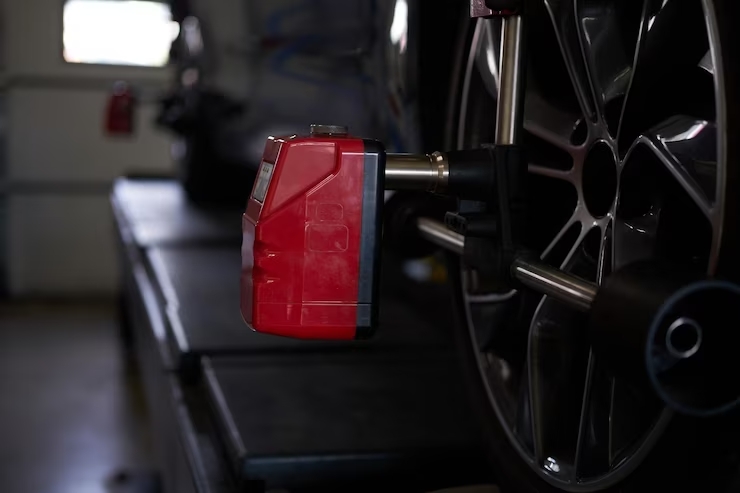When buying a second-hand car in South Africa, it is crucial to thoroughly inspect its suspension and wheel alignment. The suspension system and proper wheel alignment play a significant role in the vehicle’s safety, stability, and overall driving experience. Neglecting these areas can lead to uneven tire wear, compromised handling, and potential safety hazards. In this article, we will provide essential tips for checking the suspension and wheel alignment of a second-hand car, enabling you to make an informed decision and ensure a smooth and safe driving experience.
- Visual Inspection:
Start by conducting a visual inspection of the suspension components. Look for signs of damage, corrosion, leaking fluid, or worn-out bushings. Examine the shocks or struts for any visible oil leaks. Check the condition of the control arms, ball joints, tie rods, and sway bar links. Any signs of excessive wear or damage may indicate the need for repairs or replacements. - Tire Wear:
Uneven tire wear is often an indication of suspension or wheel alignment issues. Inspect the tires for signs of uneven tread wear, such as excessive wear on one side, cupping, or feathering. Uneven tire wear may suggest problems with the suspension components or misalignment. Properly aligned and maintained suspension should result in even tire wear across all four tires. - Bounce Test:
Perform a bounce test to check the condition of the shocks or struts. Press down firmly on each corner of the vehicle and release. The car should bounce back and settle into a stable position. If the car continues to bounce or exhibits excessive bouncing, it could be a sign of worn-out shocks or struts that need replacement. - Wheel Alignment:
Check the wheel alignment of the car. Inspect the tires for any signs of misalignment, such as uneven tread wear mentioned earlier. While driving, observe if the vehicle pulls to one side or if the steering wheel vibrates or feels off-center. These symptoms can indicate the need for a wheel alignment adjustment. - Test Drive:
Take the second-hand car for a test drive and pay attention to its handling and stability. Notice any unusual vibrations, excessive body roll, or clunking sounds while driving over bumps or rough roads. If the car feels unstable or exhibits significant discomfort during the drive, it could suggest suspension-related issues that require attention. - Professional Inspection:
Consider having a professional mechanic inspect the suspension and wheel alignment of the second-hand car. They can perform a more comprehensive assessment using specialized tools and equipment. A professional inspection can reveal hidden or potential issues that may not be evident during a visual inspection or test drive. - Maintenance and Service Records:
Review the maintenance and service records of the second-hand car, if available. Regular maintenance, including suspension-related servicing, demonstrates that the previous owner took care of the vehicle’s crucial components. It also provides insight into any repairs or replacements performed on the suspension system. - Budget for Repairs:
Keep in mind that suspension repairs or wheel alignment adjustments may be necessary, especially in older or higher mileage second-hand cars. Set aside a budget to cover potential suspension-related repairs or alignments to ensure the vehicle is roadworthy and safe.
When buying a second-hand car in South Africa, evaluating the suspension and wheel alignment is essential for a safe and comfortable driving experience. Perform a visual inspection, check for uneven tire wear, conduct a bounce test, and take the vehicle for a test drive to assess its handling and stability. Consider involving a professional mechanic for a more comprehensive inspection. By thoroughly examining the suspension and wheel alignment, you can identify any issues and make an informed decision while ensuring a smooth and safe ride for yourself and future passengers.











